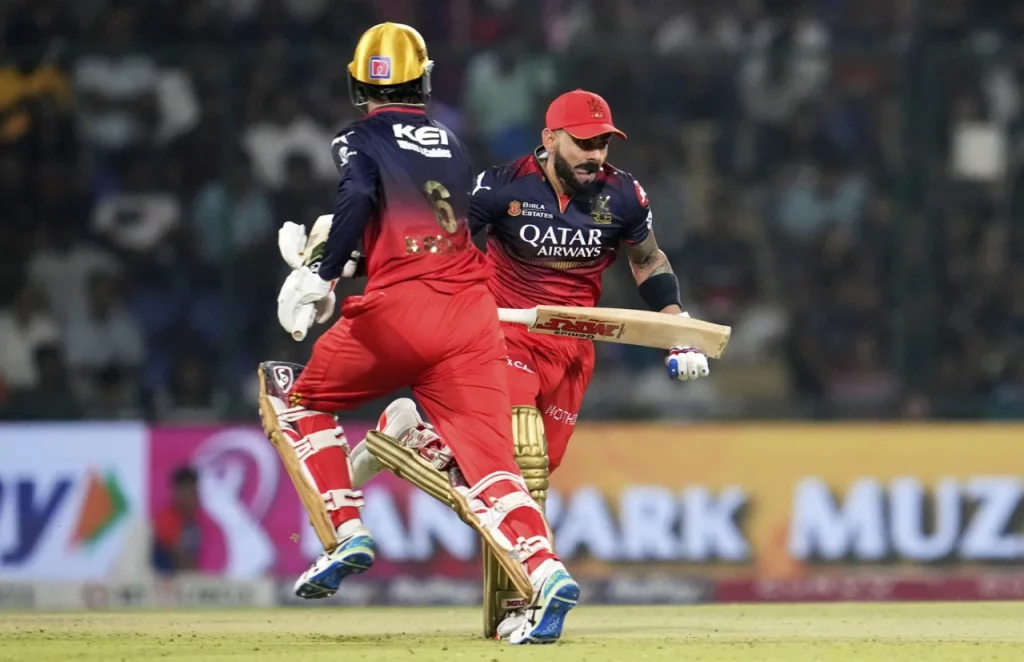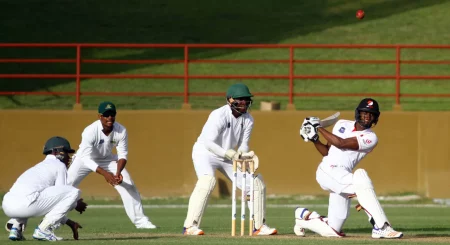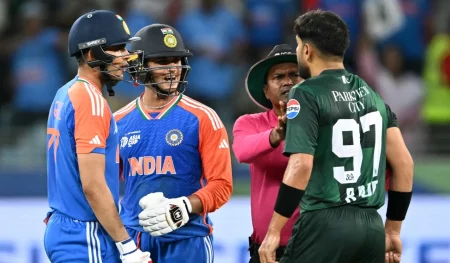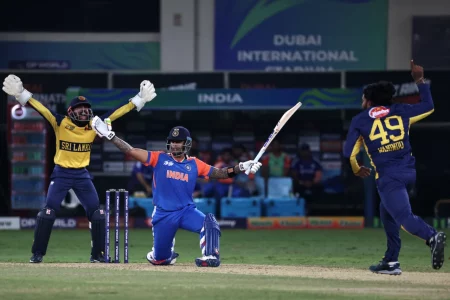Virat Kohli has been in red-hot form this season for Royal Challengers Bengaluru, more so while chasing. It has to be more than a coincidence that in each of RCB’s successful chases, Kohli had a half-century next to his name.
One such example came on Sunday night, when RCB were chasing a modest 163 on a slow surface against Delhi Capitals (DC). It wasn’t the best of surfaces to bat on, and so was confirmed when the Bengaluru batters slipped to 26 for 3. That’s when Kohli and Krunal Pandya stitched a critical 119-run partnership.
Speaking after the game, Kohli reflected on the strategy that has served him, and by extension RCB, so well this year. But for Kohli, this was hardly a new approach.
“The total on the board. What the conditions are like. Who are the bowlers that are due to bowl. Who are the bowlers that are going to be hard to get away from?” Kohli mentioned the things that are on his mind, especially when navigating a tricky pitch. “So, I try and make sure that my singles and doubles don’t stop. And then you keep getting the odd boundary in between. The game never gets stagnant. So, that’s always been my focus to keep working on rotating strikes, singles, and doubles.”
This has been Kohli’s way of tackling difficult chases regardless of formats and oppositions. In T20s, no batter has scored more runs off strike rotation than the Indian batter.
Kohli scored 51 runs off 47 balls against DC with only four boundaries. This means 35 runs of his total were scored off singles and doubles. This helped him brew an impactful partnership with Krunal Pandya, who was more aggressive in his approach than his RCB teammate, having scored 73 runs using only 47 balls.
However, Pandya did not go berserk from the get-go; he spent a few overs reading the conditions before thrashing an odd boundary per over to help build the partnership with Kohli at the other end.
“People, I think, are forgetting the importance of stitching in a partnership or going deep into the innings in T20 cricket,” Kohli told the media. “And I think this year around, you’re seeing that you can’t just come out and tee off from ball one. You need to have professionalism, to read the situation and try and get into a position where you can start dominating the bowlers.”
“And for that, you need to string in a partnership. And it won’t come easy on a slow pitch if you don’t know how to rotate the strike. So, yeah, that’s pretty much my method.
“I analyse the conditions, understand what the score on the board is, understand what the situation demands of me and have the skills to kind of keep rotating the strike and not be stagnant on one end.”
Even as Krunal struggled at the start, Kohli maintained the rhythm, keeping a tight rein on the asking rate. His presence of mind and game awareness, especially during the chase when nerves like to take over, make him one of the sharpest batters in run chases.
“Whenever there’s a chase on or there’s a situation I go in, I keep checking with the dugout whether we are on course, what is my role, what is the kind of innings I need to play,” Kohli said. “It was a top win, we were under pressure, 3 for 26, and then Krunal and me getting a 100-run partnership.”
Across Bengaluru’s four successful pursuits this year, Kohli has gathered 245 runs. His dismissal on Sunday was the first time this season he went back to the hut without finishing things off himself. For him, the method is simple: rotate strike, stay vigilant, and judge the game better than anyone else on the field.
“If you do not know how to rotate the strike on a slow pitch, you will struggle. That is something I have always worked on,” he concluded.



